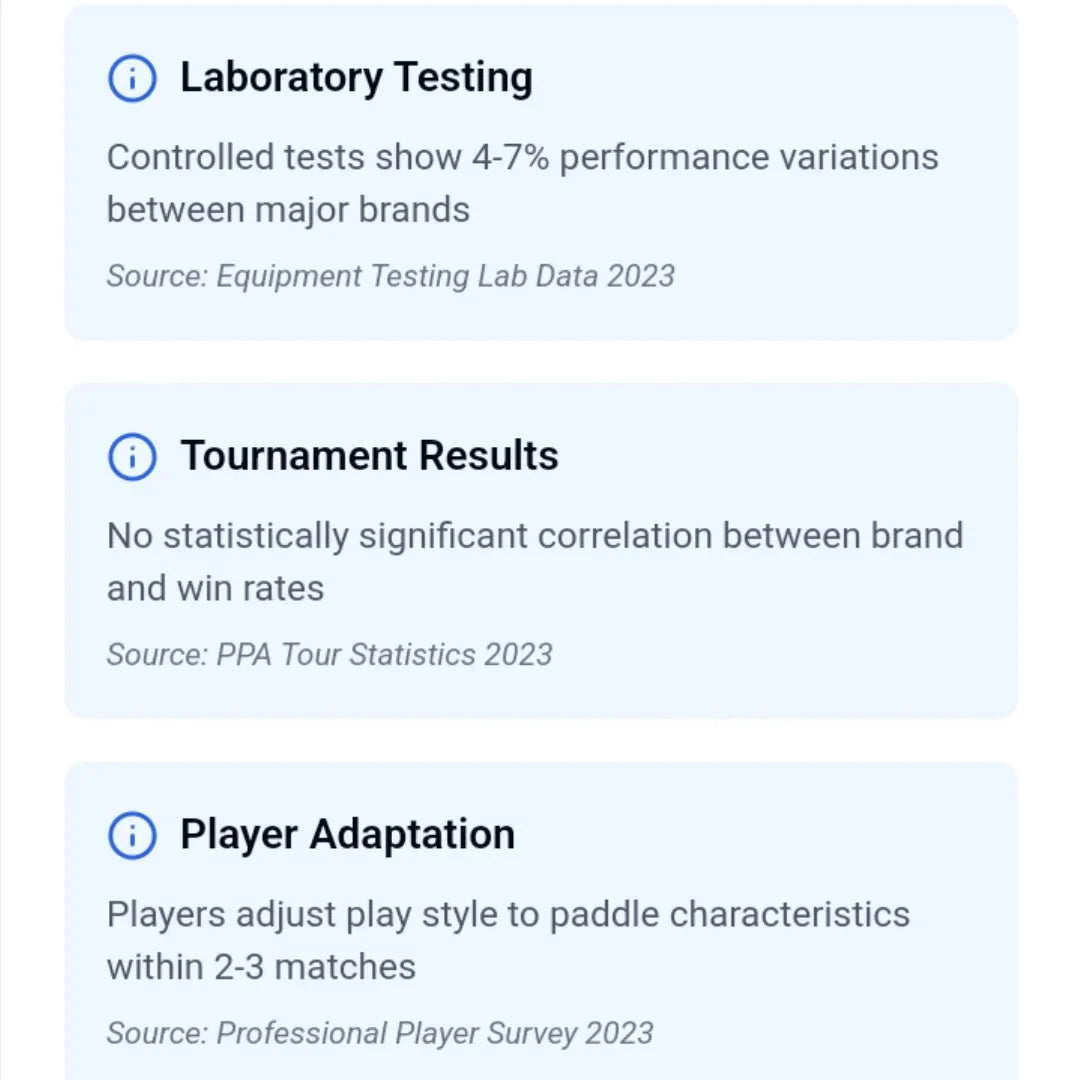
PBCoR and Procedures
|
|
|
Time to read 2 min
|
|
|
Time to read 2 min
We assess the PbCoR test for its test conditions, statistical rigor, and potential for overlooking important factors. Recommendations include expanding test conditions, improving statistical analysis, and validating results against real-world performance. The conclusion states that the test is difficult to reproduce and its relevance to the claimed application is unclear.
Based on the NPRM document, here's a detailed statistical and methodological analysis:
1. Primary Methodological Concerns: A. Test Conditions:
- Outbound vector of within 10° of the initial impact angle. This needs dervication and is probably an artifact from the procedure this derives from. Clarification is needed to differentiate a bad impact from a valid fail.
- Need clarification of valid range of impact angles to implement above.
- For impact geometry and forces the outbound azimuth is probably not needed. For an impact on a plainar surface at ~89° (estimated from procedure and PPL data) valid collisions can probably be determined better if that is this components purpose.
- For maturation into spin testing this test is poorly oriented. The outbound angle limit is excessive and confusing. It would make sense for an impact against a curved or shaped surface.
- Single-speed testing (60 MPH) is potentially inadequate
- Real gameplay involves variable speeds and angles- No specification of environmental controls (temperature/humidity)
- Boundary condition effects may not be fully captured
- Ball not representative: PBCoR ball is a sphere without cutouts. Obviously this greatly alters collision dynamics. We don't consider paddle stiffness or elastics though so technically this is reasonable.
B. Statistical Framework Deficiencies:
- No defined sample size requirements
- Absence of confidence intervals
- Lack of statistical power analysis
- Missing repeatability and reproducibility criteria
2. Scientific Validity Issues:
A. Measurement System:
- No specified instrumental error margins
- Undefined calibration requirements
- Missing measurement uncertainty analysis
- Inter-laboratory variation not addressed
B. Data Analysis:- No specified outlier handling procedures
- Lack of defined statistical methods for analysis
- Missing validation criteria for measurements
- No specified data quality controls
3. Critical Limitations:
A. Performance Envelope:
- Single-speed testing may miss non-linear behaviors
- Dynamic response characteristics could be oversimplified
- Material temperature sensitivity not addressed
- Edge effects and frame contributions unclear
- Conflation factors: ball's contribution ignored
B. Validation Gap:
- Limited correlation to actual gameplay conditions
- No specified validation against real-world performance
- Missing cross-validation requirements
- Undefined acceptance criteria for test results
4. Recommendations for Improvement:
1) Define comprehensive test conditions:
- Multiple test speeds
- Environmental controls
- Sample size requirements
- Confidence intervals, use real science
2) Establish statistical framework:
- Power analysis requirements
- Repeatability criteria
- Measurement uncertainty analysis
- Inter-laboratory comparison requirements
3) Enhance scientific validity:
- Material temperature sensitivity testing
- Dynamic response characterization, including dynamic approaches to stiffness and elasticity
- Boundary condition analysis, boundary and frame effects are real
- Real-world correlation studies
In conclusion we cannot reproduce this test or clearly discern if its substance is related to the claimed application. If this test was meant to ever be repeatable it's difficult to see how it came to this. To be clear we aren't blaming Element Space and Defense (formerly NTS Chesapeake). They aren't employed to make rules or set standards. CoR works great for baseball bats, but they are more difficult to test in terms of impact dynamics than flat pickleball paddles. It's also not used to control baseball velocity, which is not even a reasonable goal in that or this sport.

